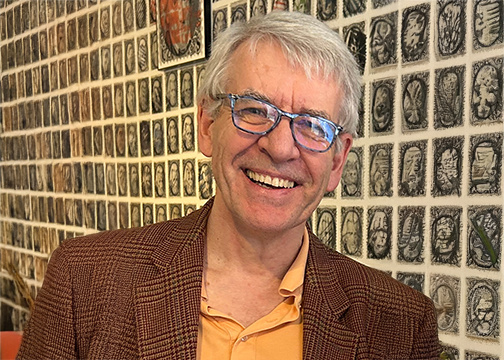
“A Dataset & Signal Analysis Unification of Classical & Quantum Physics”
Classical and quantum models are based on the same experimental datasets, but various no-go theorems show that modeling by Classical Mechanics fails for some cases. Elementary signal analysis is less constrained than traditional Classical Mechanics, however, insofar as it does not assume that the data reveals particle properties and it routinely uses Fourier and other integral transforms and Hilbert spaces, making it a helpful intermediary.
I will show how we can use the Poisson bracket to extend Classical Mechanics to be as unconstrained as signal analysis, giving what I have called ‘CM+’, for which we can exhibit isomorphisms with Quantum Mechanics, as an alternative to quantization. In particular, for the case of free field Quantum Optics we can construct an equivalent noisy algebraic classical field, ‘Quantum Non-Demolition Optics’, which includes a classically defined Lorentz invariant ‘quantum’ noise with amplitude ℏ as well as a less invariant thermal noise with amplitude kT.
Thinking of Quantum Field Theory and its classical equivalents as signal analysis formalisms for noisy datasets suggests a way to rethink renormalization as a natural nonlinear dependence if we focus on describing the measurements we perform instead of on whatever ideas we have of what is there to measure. The equivalence of Classical & Quantum and rethinking renormalization as a nonlinear dependence together offer a new class of measurement theoretic approaches for Gravity.
The first part is based on articles in Physica Scripta (2019), “Classical states, quantum field measurement”; Annals of Physics (2020), “An Algebraic Approach to Koopman Classical Mechanics”; and Journal of Physics A (2022), “The collapse of a quantum state as a joint probability construction”.